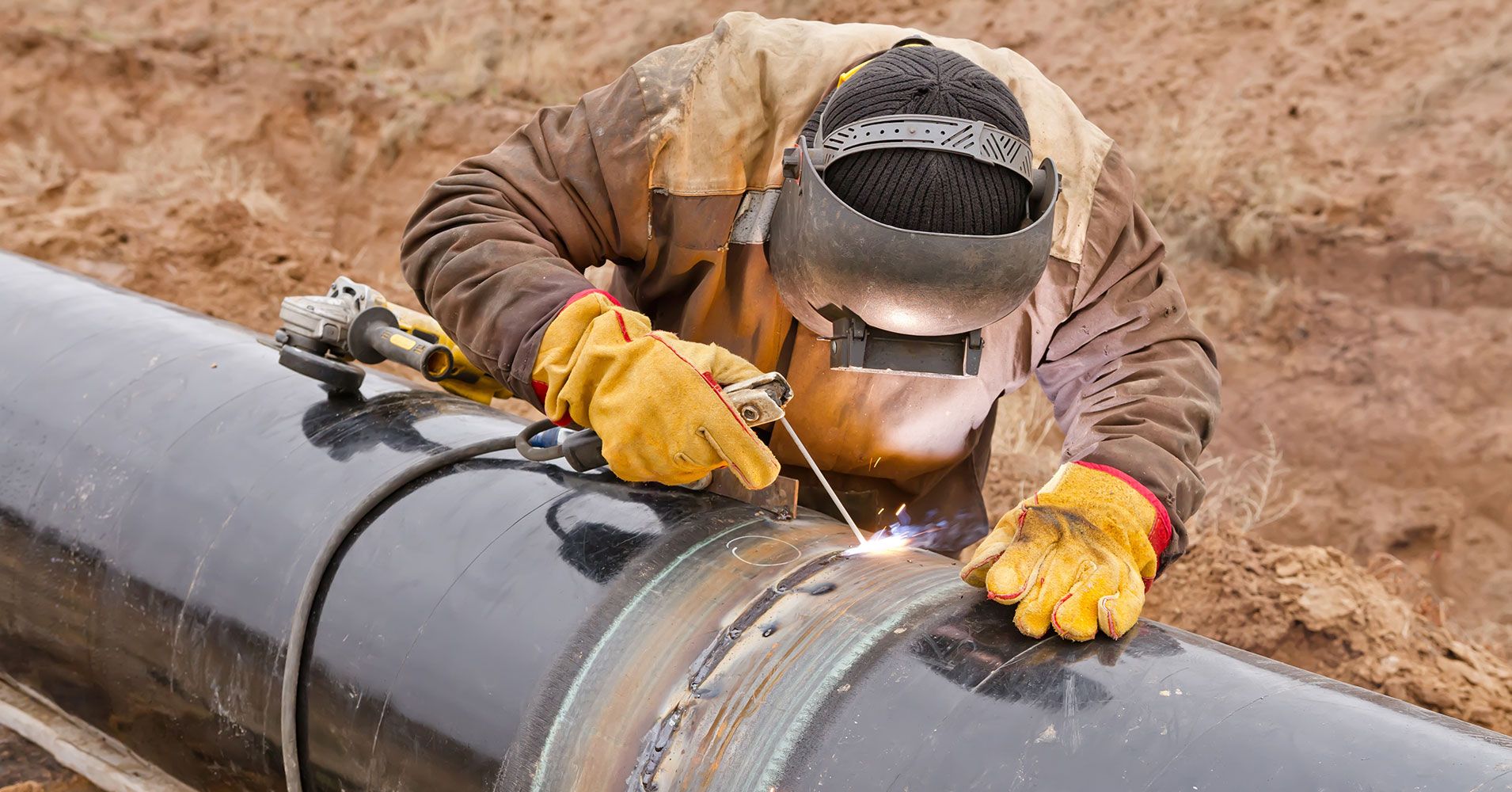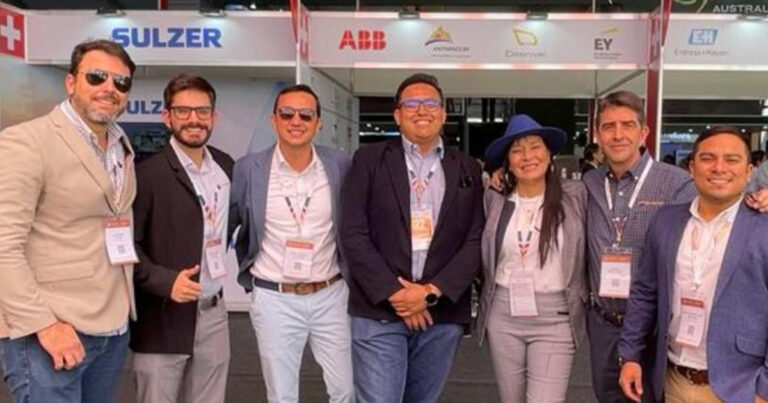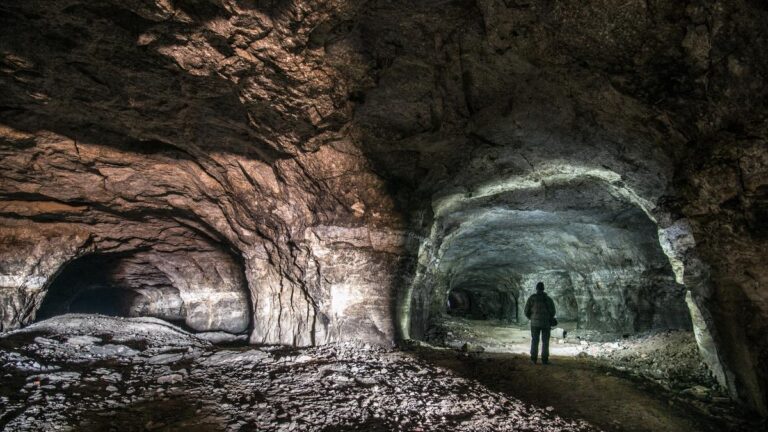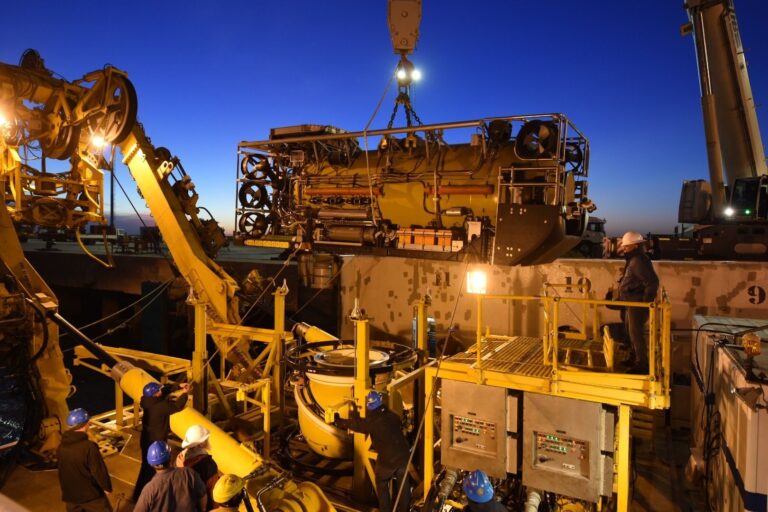
In mining, there is an important and constant element of risk with hazardous materials, both in the hydrometallurgical and blasting processes, as well as in the supply chain (including warehouses in transit and mine warehouses), as well as the logistics of exit from both mineral concentrates (typified legally in Peru as hazardous material) as hazardous waste.
They are not all equal in risk, considering the corresponding class (United Nations), the volumes, the types of packaging, the additional containment elements, the chemical compatibility and incompatibilities, and the plant processes or operations in which they are involved.
In addition, the risk of impact on the environment (especially farmland, livestock pastures, water tables, streams and bodies of water) must be considered, and towards people and communities in areas of influence of the operation as well as in the transit routes in inbound or outbound transport.
In the event of an event, a leak and spill typification table is proposed for a better evaluation of the occurrence, its risks to the environment and the control measures to be implemented.
Some considerations:
The table was developed to verify compliance with the CYANIDE CODE for emergency response (considering sodium cyanide as solid, cyanide solutions as liquid and hydrogen cyanide emissions by decomposition as gas). It is proposed as an analysis tool to be considered in the development of emergency response plans and protocols with hazardous materials in general. It may complement the use of MSDSs, sources of additional technical information (such as the NIOSH Guide), or software for modeling both environmental dispersion or chemical reactions in case of product mixing or contact with water (such as NOAA Chemical Reactivity Worksheet).
Source:

La Semana de PERUMIN no solo fue un evento excepcional para la industria minera en general, sino que también marcó un momento transformador para nuestro equipo en EYMAQ. Como empresa

Para el control de la estabilidad de las labores mineras subterráneas existen técnicas muy utilizadas como el uso de pernos de roca split set, swellex, cable, entre otros. Sin embargo,

En cuanto a los motores eléctricos que están diseñados para transformar la energía eléctrica en mecánica, GE Power Conversion ha desarrollado un motor de uso extra severo que incluye un
13775 SW 145 CT Miami FL 33186
+1 (305) 232-2621
contact@eymaq.com
Edificio Platinum Plaza Torre B
Andres Reyes 437, Oficina 602
San Isidro, Lima
+51 (1) 705-8265
ventasperu@eymaq.com
Calle 138 # 72A – 40
Oficina 404
Bogotá, Colombia
+57 (601) 508-4341
ventascolombia@eymaq.com
Hola, haz clic en uno de nuestros representates para chatear por Whatsapp